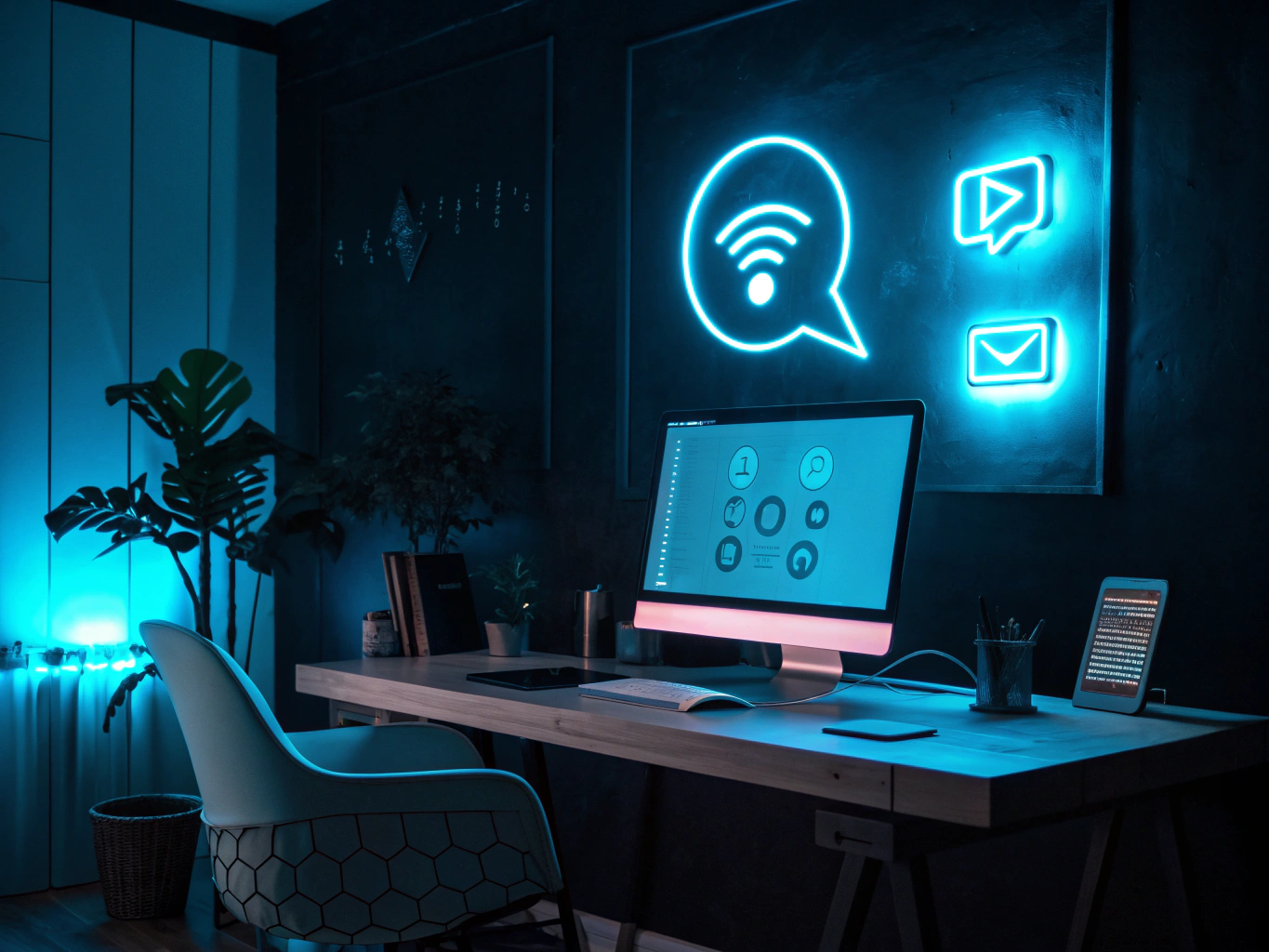The Role of Vegan Multivitamins in Supporting Men’s Heart and Bone Health
Men seeking to maintain optimal health are increasingly turning to vegan multivitamins for men to complement their diets. These supplements provide a plant-based source of essential nutrients that promote cardiovascular strength and bone integrity — two critical aspects of long-term wellness.
Why Heart and Bone Health Matter for Men
Heart disease remains one of the leading health concerns for men globally, while bone conditions such as osteoporosis often go unnoticed until significant damage occurs. Maintaining a healthy heart and strong bones is vital for longevity and quality of life. A well-rounded nutritional approach, including targeted supplementation, can help mitigate risks linked to these health issues.
Key Nutrients for Cardiovascular Support
Vegan multivitamins for men typically include antioxidants, B vitamins, and minerals that support heart health. For example, vitamin B12 — often deficient in plant-based diets — plays a crucial role in reducing homocysteine levels, an amino acid associated with increased cardiovascular risk. Additionally, vitamins C and E act as antioxidants, protecting the heart from oxidative stress and inflammation.
Magnesium and potassium, commonly found in vegan supplements, help regulate blood pressure and maintain proper heart rhythm. Incorporating these nutrients through vegan multivitamins ensures men receive adequate daily amounts, especially when dietary intake may fall short.
Building and Maintaining Strong Bones with Vegan Support
Bone health relies heavily on sufficient calcium, vitamin D, and other cofactors like vitamin K2 and magnesium. While calcium is a well-known mineral for bone strength, vitamin D enhances calcium absorption, making it indispensable. Vegan multivitamins for men often fortify these nutrients in bioavailable forms suitable for plant-based lifestyles.
Vitamin K2, less common in typical diets, plays a pivotal role in directing calcium to bones rather than arteries, preventing calcification that can harm cardiovascular health. Magnesium also contributes to bone density and helps activate enzymes involved in bone formation.
Why Choose Vegan Multivitamins for Men?
Beyond the health benefits, vegan multivitamins align with ethical and environmental values. They are free from animal-derived ingredients and often produced with sustainable practices. This choice supports men who prioritize holistic wellness — encompassing physical health and planetary well-being.
Moreover, vegan formulations frequently utilize plant-based sources that enhance nutrient absorption and reduce exposure to allergens or additives common in conventional supplements.
Integrating Vegan Multivitamins into a Healthy Lifestyle
While vegan multivitamins provide a powerful nutritional foundation, they work best when combined with a balanced diet rich in whole foods, regular exercise, and stress management. Men should consult healthcare professionals to tailor supplementation according to individual needs and health goals.
In summary, vegan multivitamins for men offer targeted support for heart and bone health, addressing key nutrient gaps and promoting long-term vitality. By embracing these supplements, men can take proactive steps toward a healthier future that honors both their bodies and values.



